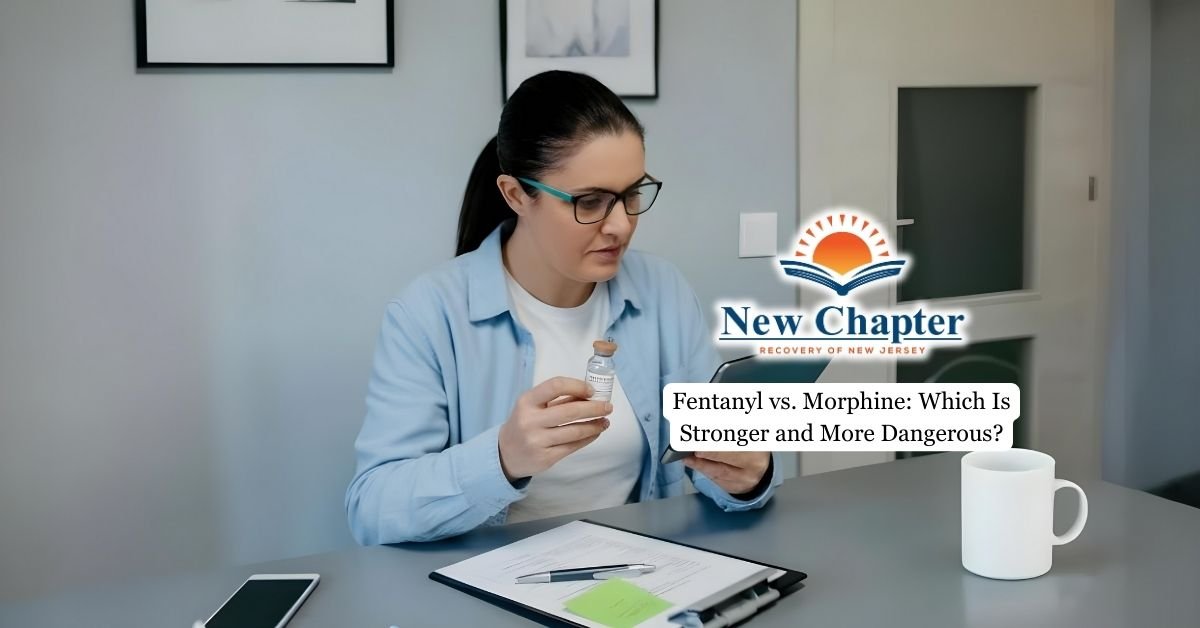Post-Acute Withdrawal Syndrome (PAWS) involves lingering withdrawal symptoms that continue well after the initial detox phase. Though less talked about, PAWS can quietly disrupt recovery and make day-to-day life more difficult.
In this article, you’ll learn what PAWS is, how long it can last, and what it takes to manage it effectively.

Understanding Post-Acute Withdrawal Syndrome
PAWS is one of the most challenging phases of addiction recovery. It refers to a set of persistent psychological and emotional withdrawal symptoms that follow the acute withdrawal stage. While the physical symptoms of withdrawal usually subside after a few days or weeks, post-acute withdrawal symptoms may last for months or even years.
Post-acute withdrawal syndrome occurs as the brain works to restore balance after prolonged substance use. This includes correcting chemical imbalances caused by addiction. PAWS is especially common in individuals recovering from opioid, benzodiazepine, alcohol, or stimulant use disorders. It can also affect those withdrawing from cocaine and those with alcohol use disorder. The symptoms can be unpredictable and may come and go, making the recovery journey more complex.
In many cases, professional addiction treatment can provide the structure and medical oversight needed to manage these symptoms safely and effectively.
Common Symptoms of PAWS
The symptoms of post-acute withdrawal often resemble those seen in mood and anxiety disorders, but they are directly linked to recent drug or alcohol use.
PAWS symptoms vary depending on several factors, including the specific substance used, duration of addiction, and the individual’s health history. Many people report mood swings, anxiety, depression, irritability, and ongoing fatigue. Others experience difficulty concentrating, memory problems, low motivation, and persistent insomnia. Cravings are also common and can be intense.
These symptoms may be made worse by stress, poor sleep, or exposure to relapse triggers. For many, PAWS symptoms fluctuate—appearing for days or weeks and then fading, only to resurface later. This unpredictable pattern can disrupt daily routines and challenge long-term recovery efforts if not properly managed. These symptoms that may persist are both physical and mental, further complicating the recovery process.
Duration and Timeline of PAWS
PAWS doesn’t follow a fixed timeline. The severity and length of symptoms can vary based on factors such as the type of substance used, the duration of active addiction, and an individual’s overall health. While acute withdrawal symptoms typically resolve within days or weeks, PAWS can persist much longer, affecting both mental and physical well-being long after detox ends.
In many cases, the brain needs extended time to heal from the chemical imbalances caused by active addiction. This prolonged recovery period is often referred to as protracted withdrawal. During this time, individuals may continue to experience emotional, psychological, and cognitive symptoms—even if the physical signs of withdrawal have faded.
Prolonged withdrawal from alcohol, stimulants, or other substances can lead to lingering symptoms that interfere with daily functioning. People going through alcohol withdrawal, in particular, may experience persistent anxiety, depression, or difficulty concentrating that lasts for months. How long PAWS continues depends on the severity of the substance use disorder and whether the person is receiving consistent treatment and support.
Here’s a general overview of what the PAWS timeline may look like:
- Weeks 2–4: Early symptoms begin to surface, including anxiety, poor sleep, low motivation, and irritability.
- Months 1–3: Psychological symptoms often peak, with mood swings, depression, fatigue, and difficulty concentrating becoming more pronounced.
Months 3–6: Symptoms may gradually begin to fade, though emotional instability and cravings may still come and go. - 6–24 months: For some, symptoms can last 2 years, which may include lingering anxiety, brain fog, or emotional flatness that can continue in waves, especially during times of stress or exhaustion.
Why PAWS Occurs
PAWS occurs due to the brain’s attempt to rebalance itself after the chemical disruption caused by chronic substance misuse. Addiction alters brain chemistry, affecting neurotransmitters like dopamine and serotonin, which are responsible for regulating mood, motivation, and impulse control.
After detox, the brain may not immediately return to its pre-addiction state. Instead, it goes through a slow recalibration process, which leads to lingering withdrawal symptoms.
PAWS is the brain’s way of correcting chemical imbalances as it learns to function without the presence of the substance. This is especially true after long-term drug use or using the substance heavily.
This phase can feel discouraging and overwhelming, particularly when physical withdrawal symptoms have resolved, but mental and emotional challenges persist. Addressing both mental and physical components of withdrawal is essential for a successful recovery.
Coping with PAWS and Managing Symptoms
Managing symptoms of PAWS requires a combination of medical support, psychological therapy, lifestyle changes, and consistency. Many individuals experiencing PAWS benefit from ongoing therapy to develop emotional wellness, identify relapse triggers, and learn healthy coping strategies.
Some ways to manage PAWS symptoms include: participating in a formal treatment program, developing a structured daily routine, engaging in regular physical activity, practicing mindfulness or meditation, getting adequate sleep, attending support groups, and avoiding known triggers and high-risk situations.
Since PAWS symptoms can increase the risk of relapse, proactive management is essential. Knowing that symptoms may come and go can help people stay grounded during difficult periods. A formal treatment program can offer tools to manage the symptoms and reduce the likelihood of relapse.

PAWS and the Risk of Relapse
Withdrawal symptoms that can last for months are a major risk factor for relapse. Many individuals relapse during this phase because they’re unprepared for the emotional and mental health challenges that emerge beyond the initial withdrawal phase. Cravings, depression, and anxiety can become overwhelming if left unaddressed.
The longer PAWS symptoms persist without effective support, the greater the likelihood of falling back into substance use. Recognizing that PAWS is a normal part of the recovery process—and not a failure—is critical for maintaining long-term recovery.
Support from addiction professionals, family members, and peers in recovery can provide the stability and accountability needed to navigate this difficult phase.
Final Thoughts from New Chapter Recovery
At New Chapter Recovery, we understand that post-acute withdrawal syndrome is more than just an aftereffect—it’s a significant stage in healing from substance use. Our programs are designed to address not only acute withdrawal but also the long-term challenges of PAWS. Through evidence-based therapy and compassionate care in New Jersey, we help individuals develop lasting tools to manage withdrawal symptoms and maintain recovery progress.






